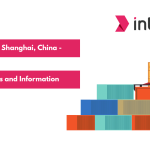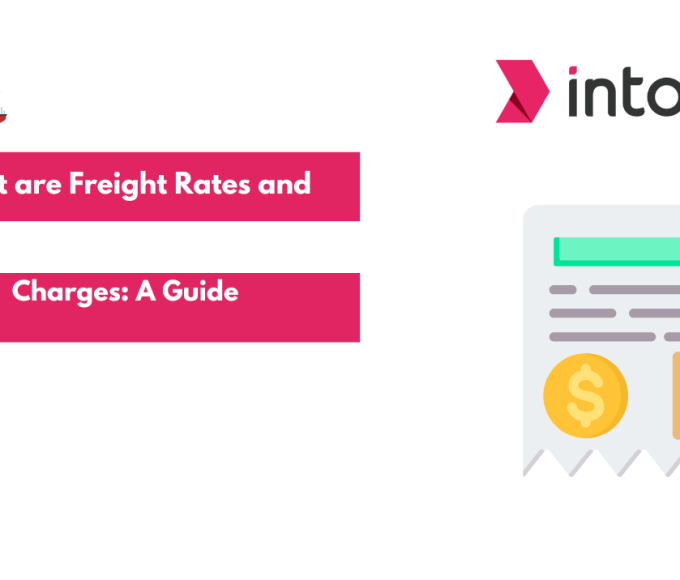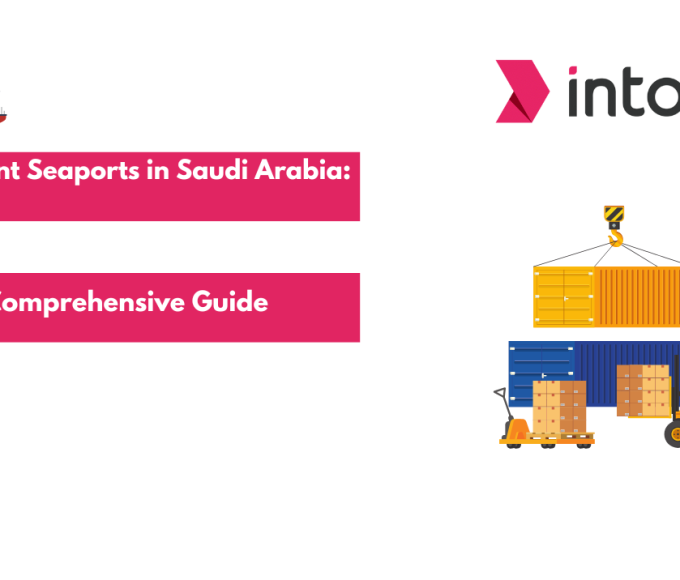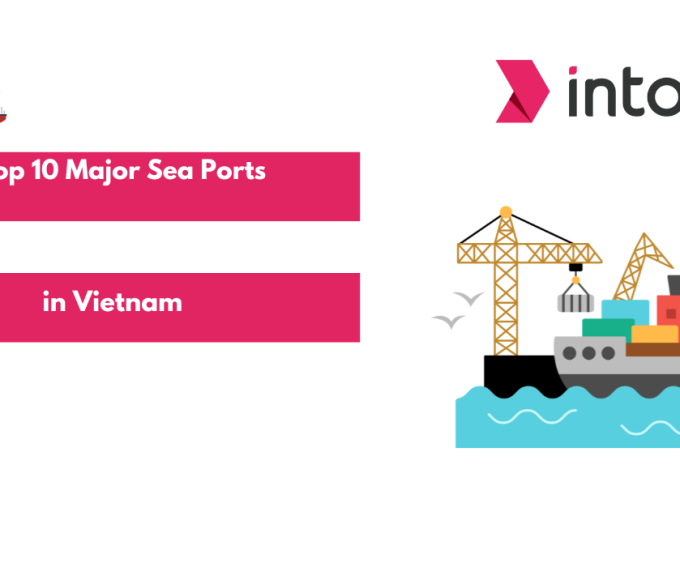Canada’s vast coastline, stretching over 243,000 kilometers, is home to some of the world’s most strategic and bustling seaports. These ports are vital to the country’s economy, serving as key gateways for international trade and supporting various industries. The maritime industry in Canada plays a crucial role in connecting the nation to global markets, facilitating the movement of goods and resources efficiently and sustainably. Canada’s ports are hubs of activity and innovation, from the bustling docks of Vancouver on the Pacific coast to the historical significance of Halifax on the Atlantic.
This article explores the prominent sea ports in Canada, highlighting their unique features, contributions to global trade, and the economic impact on their respective regions. Understanding these pivotal ports will provide valuable insights into Canada’s maritime landscape.
Let’s explore the significant 5 Sea Ports in Canada.
1. Port of Vancouver
The Port of Vancouver, initially established as a trading post in the late 1800s for the Hudson’s Bay Company, has a rich history that underpins its current prominence. Its strategic importance grew significantly with the advent of the Canadian Pacific Railway in the early 1900s, transforming it into a central shipping hub. Today, the Port of Vancouver is Canada’s largest and fourth-largest in North America, handling over 145 million tonnes of cargo annually.
This bustling port serves as a crucial gateway for trade with Asia, facilitating the movement of a diverse range of goods and resources. Moreover, it has become a significant hub for the cruise ship industry, attracting numerous tourists and contributing to the local economy. The Port of Vancouver’s evolution from a modest trading post to a global maritime leader highlights its significant role in international trade and regional development.
2. Port of Montreal
The Port of Montreal, established in 1830, is one of Canada’s oldest and most significant maritime hubs. Located on the Saint Lawrence River, it has contributed to the country’s economic and industrial development. Today, the Port of Montreal is a crucial link in the North American supply chain, handling a multiple range of cargo, including containers, bulk, and liquid goods. It processes approximately 40 million tonnes of cargo annually, making it one of the busiest inland ports in the world.
The Port of Montreal also plays a significant role in the cruise industry, welcoming thousands of passengers annually. In line with global trends and emerging environmental concerns, the Port of Montreal has embraced sustainability as a core aspect of its operations. The port’s commitment to sustainability is evident through various initiatives to reduce its environmental footprint. The port has also invested in developing sustainable infrastructure, such as eco-friendly warehouses and energy-efficient cargo handling equipment.
The Port of Montreal’s commitment to sustainability aligns with Intoglo’s goals. We are a leading global logistics company delivering FCL shipments from India to PAN USA and are committed to fostering environmentally responsible logistics solutions.
3. Port of Prince Rupert
The Port of Prince Rupert, located on the northwest coast of British Columbia, is one of Canada’s most strategically important and fastest-growing ports. Established in the early 20th century, the port’s development was initially driven by its advantageous position and deep-water capabilities. Compared to other North American west coast ports, it offers a shorter and more efficient route to Asia.
The Port of Prince Rupert handles over 30 million tonnes of cargo annually, with significant investments in infrastructure enhancing its capacity and efficiency. The Fairview Container Terminal, for instance, has undergone multiple expansions to accommodate increasing volumes of container traffic.
Beyond cargo handling, the Port of Prince Rupert is a significant economic driver for the region, generating employment and supporting local communities. Its operations contribute to developing regional industries, including fishing, forestry, and mining, by providing essential logistics and transportation services.
4. Port of Halifax
The Port of Halifax is the fourth largest Canada port. It is built on the eastern coast of Canada in Nova Scotia and is the most historically significant port. Established in 1749, the port has played a vital role in Canada’s maritime history, serving as a critical military and trade hub due to its strategic location on the Atlantic Ocean.
Today, the Port of Halifax is a primary gateway for cargo traffic to and from Europe, Asia, and the Americas. The port handles a wide range of cargo, including containers, bulk goods, and breakbulk cargo, processing over 18 million tonnes annually.
The port’s state-of-the-art infrastructure features advanced terminal facilities and intermodal connections that facilitate efficient cargo handling and transportation. This connectivity ensures that goods can be transported swiftly and efficiently, reducing transit times and costs for shippers.
5. Port of Saint John
The Port of Saint John, located in the province of New Brunswick on the Bay of Fundy, is the fifth largest port in Canada. Established in the early 19th century, it has a rich history of facilitating trade and contributing to the region’s economic development.
The Port of Saint John processes over 28 million tonnes of cargo annually, serving various industries such as forestry, agriculture, and energy. One of the port’s notable features is its ability to handle liquid bulk cargo, particularly petroleum products. The Irving Oil refinery, located nearby, relies heavily on the port to import and export crude oil and refined products.
In recent years, the Port of Saint John has seen massive investments in modernization and expansion. Upgrades to terminal facilities, improved rail connections, and enhanced cargo handling capabilities have positioned the port to meet the increasing demands of global trade. The port’s collaboration with industry stakeholders, government agencies, and community organizations helps drive innovation and foster sustainable growth.
Essential Role in Canada’s Economic Infrastructure
Canada’s ports are integral to the country’s economic infrastructure, acting as vital conduits for international trade and regional development. With an extensive coastline and strategic geographic position, Canada’s ports facilitate the movement of goods across continents, supporting various industries such as manufacturing, agriculture, and energy. These ports handle millions of tonnes of cargo annually, including containers, bulk commodities, and liquid goods, essential for the country’s economic vitality.
- Economic Contributions: Canada ports are major economic engines. They generate significant employment opportunities directly and indirectly through port operations, logistics, and related services. Ports such as Vancouver, Montreal, Halifax, and Prince Rupert are crucial for exporting natural resources, importing consumer goods, and connecting Canadian businesses to global markets.
- Trade and Connectivity: Sea ports enhance Canada’s connectivity with international markets. Ports like Vancouver and Prince Rupert offer efficient routes to Asia, reducing transit times and costs for trans-Pacific shipping. Similarly, ports on the Atlantic coast, such as Halifax and Saint John, provide direct access to European markets. These connections are vital for maintaining the competitiveness of Canadian industries in the global market.
- Logistical Efficiency: The efficiency of Canada ports is critical for the smooth operation of supply chains. Modern facilities and technologies at these ports enable vessels’ swift loading and unloading, minimizing delays and costs. Intermodal connections, such as rail and road networks, further enhance logistical efficiency by facilitating seamless transportation of goods to inland markets. This integration of port operations with land transportation infrastructure ensures timely delivery of goods across the country.
Intoglo’s Role in Enhancing Cross-Border Logistics Operations
Intoglo, a leading logistics company, is crucial in enhancing cross-border logistics operations, adding significant value to North America’s trade infrastructure. Intoglo’s comprehensive services support the door-to-door seamless movement of goods across borders and include:
- PAN USA coverage for extensive reach
- Dedicated warehouses for long-term storage
- PAN USA drayage across all wet and dry ports
- Pre-screening services before shipment departure
- Customized solutions for faster TAT or any special requirement
- Open-top and regular container movement
- Delivery to over 41,000 zip codes in the USA
- Ten free days of storage at PAN USA with premium shipping lines
By integrating these services with the operations of North America’s seaports, Intoglo enhances the efficiency and reliability of cross-border logistics. It ensures that Canadian businesses can leverage the strategic advantages of their sea ports for smooth and efficient trade across North America.
Get in touch with our experts and receive a free consultation.









Leave a comment